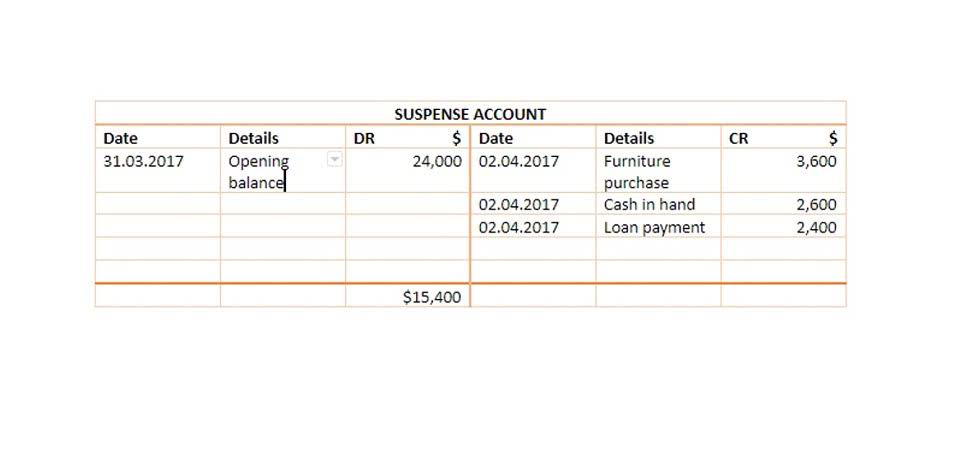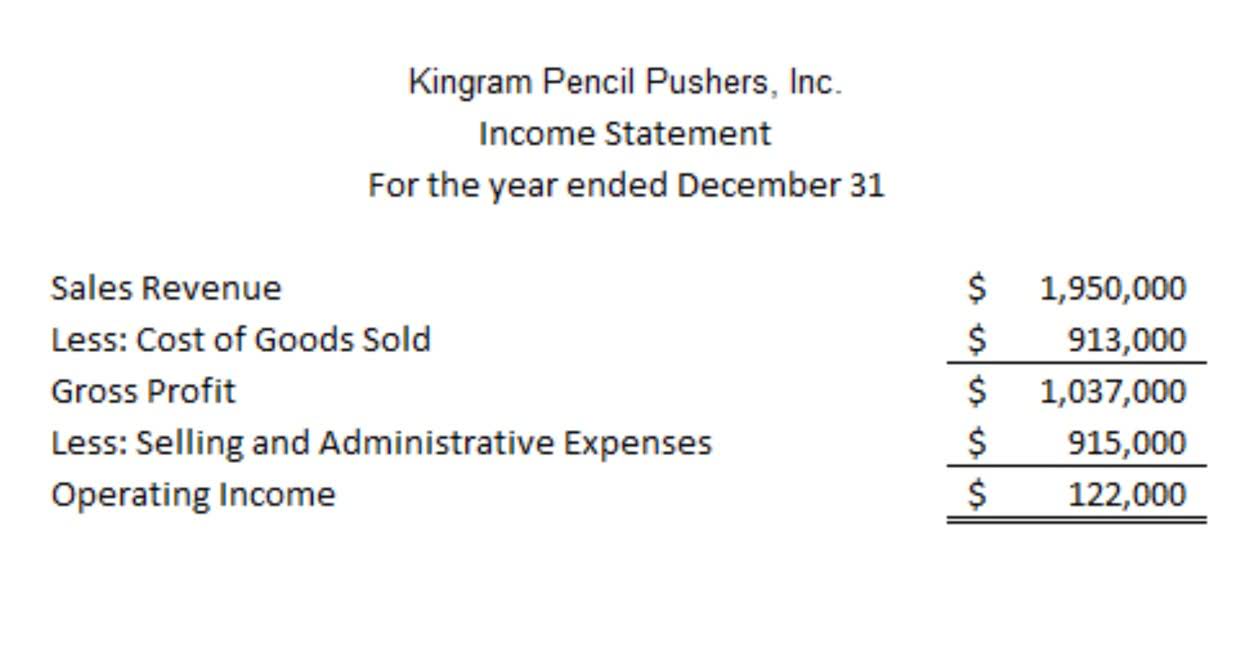
You can use the insights from this nonprofit financial statement to guide your annual budget planning. Plus, this publicly available information can provide current and prospective donors with the context they need to decide whether they’d like to support your nonprofit based on how it employs its funds. Furthermore, charity watchdogs such as GuideStar and Charity Navigator often consider nonprofit financial reports when rating profiles on their website. Having clear and accurate statements can go a long way toward establishing trust in potential donors looking for new organizations to support.

Effectively Managing Donor Restrictions in Financial Reporting
This can give you an idea of how the organization is using its funds and whether it is managing its expenses effectively. If the organization has a positive net asset balance, it means it has more assets than liabilities. Nonprofit organizations play a crucial role in society by addressing social, cultural, and environmental issues. However, like any other organization, nonprofits need to manage their finances effectively to achieve their mission and sustain their operations.
General Ledger Accounts and Chart of Accounts
- Evaluating year-over-year spending also informs strategic planning to keep expenses aligned with revenues.
- Annual reports are created by the nonprofit and often provide more detailed information on their financial situation and program impact.
- Statements should strike a balance between spending necessary amounts to drive impact while maintaining reasonable overhead costs and minimizing waste.
- The statement of activities also shows the organization’s net income or loss for the period.
It captures your assets (what you own), liabilities (what you owe), and the difference between them (your net assets). So it’s very important that you learn to read the IRS 990 and understand what it says about the financial health and governance of your organization. To decide which basis is right for your organization, learn more about cash basis vs accrual basis accounting in nonprofits. The Statement of Activities summarizes the money you’ve received (revenues) and the money you’ve spent (expenses) during a given period. If a grant-maker or a donor gives you money that is dedicated for specific programs, or that you need to use by a specific date, it’s still an asset.

What are nonprofit accounting requirements?
Another option for excess profits is for nonprofits to set up reserve funds for Certified Bookkeeper future expenditures. Like your statement of financial position, it can be helpful to include a column for the current year and a column for the previous year in this report. This way, your leadership team, board members, and other stakeholders can have a better understanding of how your nonprofit generates and spends its cash from year to year. Many nonprofits include these statements in their annual reports to demonstrate accountability.
Make the Statement of Financial Position
Nonprofit Financial Statement Templates include formatted documents for assets = liabilities + equity tracking revenues, expenditures, assets, liabilities, and net assets by program and funding source. Standard statements like the Statement of Financial Position, Activities, Cash Flows, and Functional Expenses simplify annual reporting consistency. Understanding the difference between restricted funds (designated for specific purposes by donors) and unrestricted funds (flexible money for operations) is essential for smart nonprofit financial management. In this guide, we’ll break down the 10 most important nonprofit financial statements examples in plain English (no accounting degree required!) and show you how they can transform your nonprofit’s financial game. If you’re like most nonprofit leaders, you didn’t get to the top of your organization by burying your nose in nonprofit financial statements. As we mentioned earlier, many nonprofits use these financial statements in their annual reports to show transparency and build trust in their organization.
The 4 major nonprofit financial statements

There are four financial statements nonprofits must file every year to remain in compliance with the IRS. But don’t fret – although it sounds complicated, these standard financial statements are easy to compile with the right tools and guidance. In this article, we’ll walk you through the four types of statements and show you some examples of how other nonprofits handle their financial statements. If an organization is using off the shelf accounting software, such as QuickBooks for Nonprofits, it is likely more audit findings will be reportable. The SAS clarifies that the significance of a control deficiency is dependent on the potential for a misstatement, not whether a misstatement actually occurred.

These may include personnel costs, professional services, office expenses, occupancy, utilities, and depreciation. Empowering nonprofits with automation insights, expert strategies, and product updates to revolutionize sponsorship and donation management. Diversifying funding sources is crucial for nonprofits to achieve financial stability and resilience against economic fluctuations. This includes bank statements, donation records, expense receipts, grant docs, and payroll info. To keep their financial documents clear and trustworthy for donors, lenders, and grantors. TechnologyAdvice is able to offer our services for free because some vendors may pay us for web traffic or other sales opportunities.

What are the requirements for nonprofit accounting?
This overview will delve into the main nonprofit revenue types, revenue recognition policies, conditional vs. unconditional revenues, and what revenues signify for organizations. Understanding the core principles around nonprofit revenues empowers leadership to make smart funding decisions and set their nonprofits up for sustainable success. Nonprofits use the statement of activities to review changes to their net assets and show revenue and expenses over the accounting year. You can check with GAAP and IFRS practices to ensure you’re correctly categorizing net assets.
- The detail in the general ledger accounts will always be available for management’s use.
- TechnologyAdvice is able to offer our services for free because some vendors may pay us for web traffic or other sales opportunities.
- Get our FREE guide to nonprofit financial reports, featuring illustrations, annotations, and insights to help you better understand your organization’s finances.
- Many nonprofits undergo independent audits to provide an unbiased examination of their financial statements.
- These activities include cash received from program fees, donations, grants, and other revenue sources, as well as cash paid for salaries and benefits, program expenses, rent, utilities, and other operational expenses.
The MD&A is a very useful portion of the CAFR that gives quite a bit of insight into the decisions made by a government’s decision-makers. The MD&A typically has quite a bit more content than the managerial discussions found in the annual reports of business organizations. These deficiencies make it more likely that the financial statements will financial statements for nonprofits contain undetected or unprevented material misstatements. Off-the-shelf accounting software does not have the proper internal controls to meet this SAS requirement. For example, in QuickBooks, you can easily change a transaction even if it clears the bank, or is in closed accounting period. As your transactions and receipts are tracked in a single location, completing your financial statements promptly is much easier.

Leave a Reply